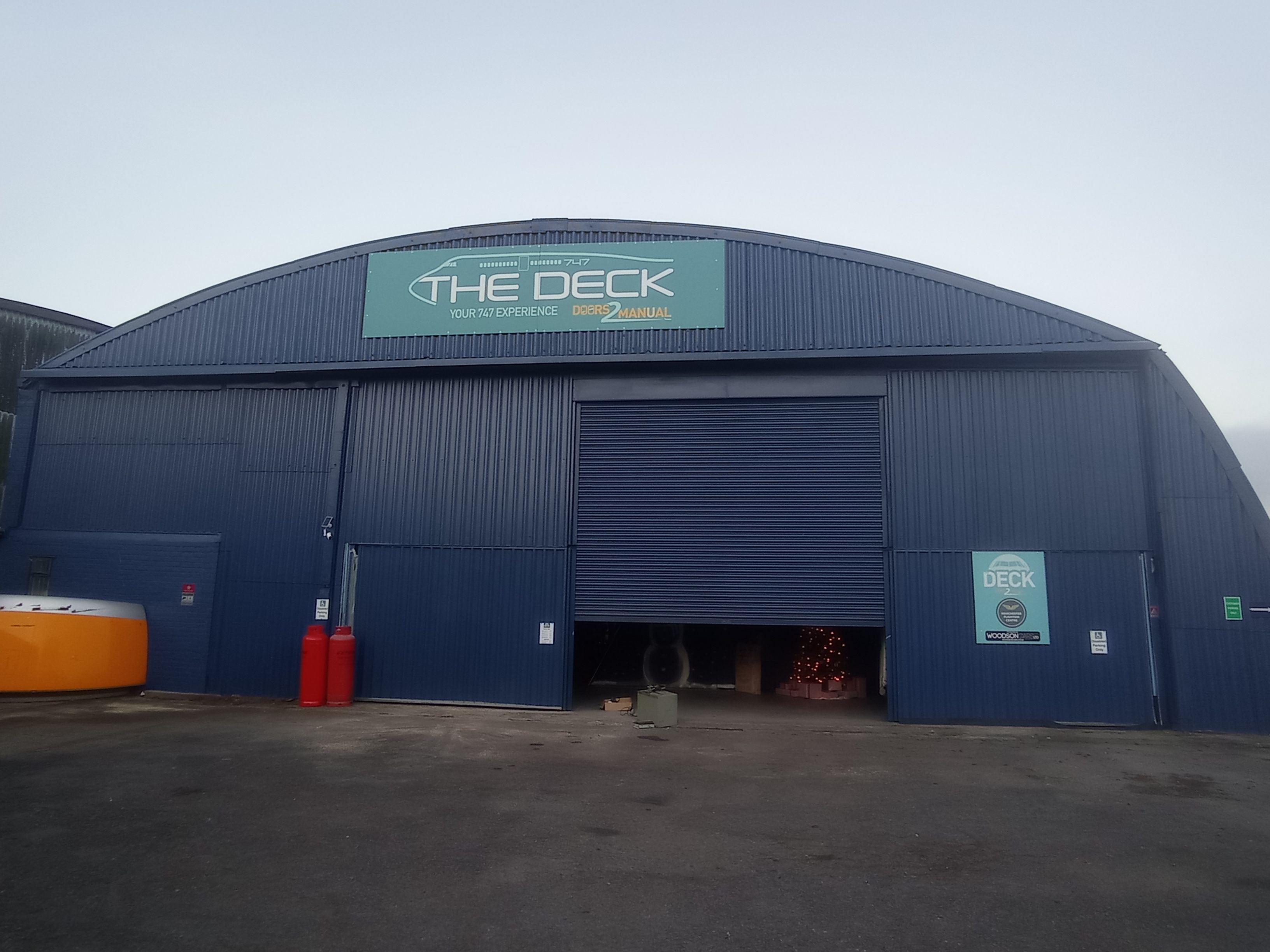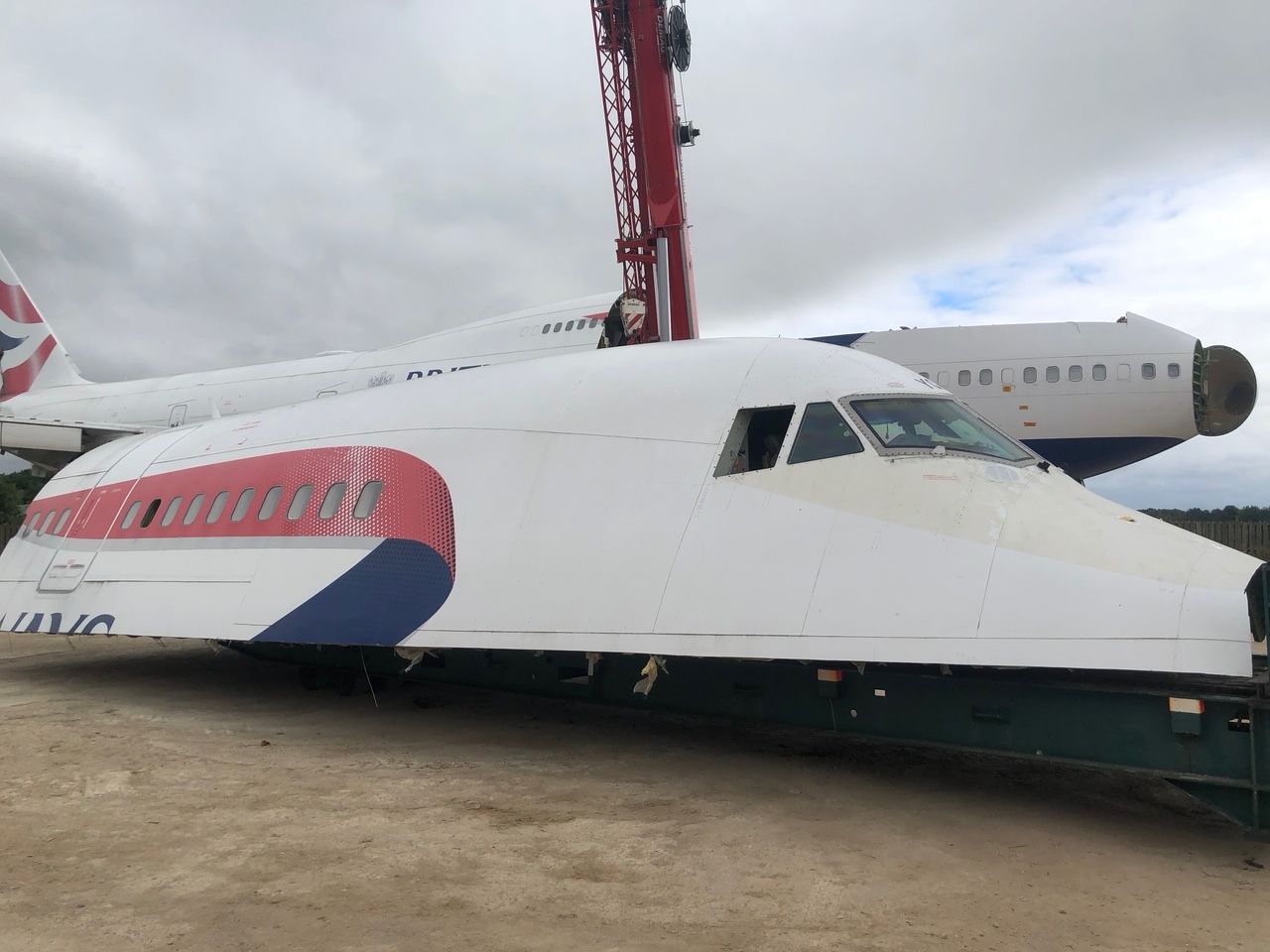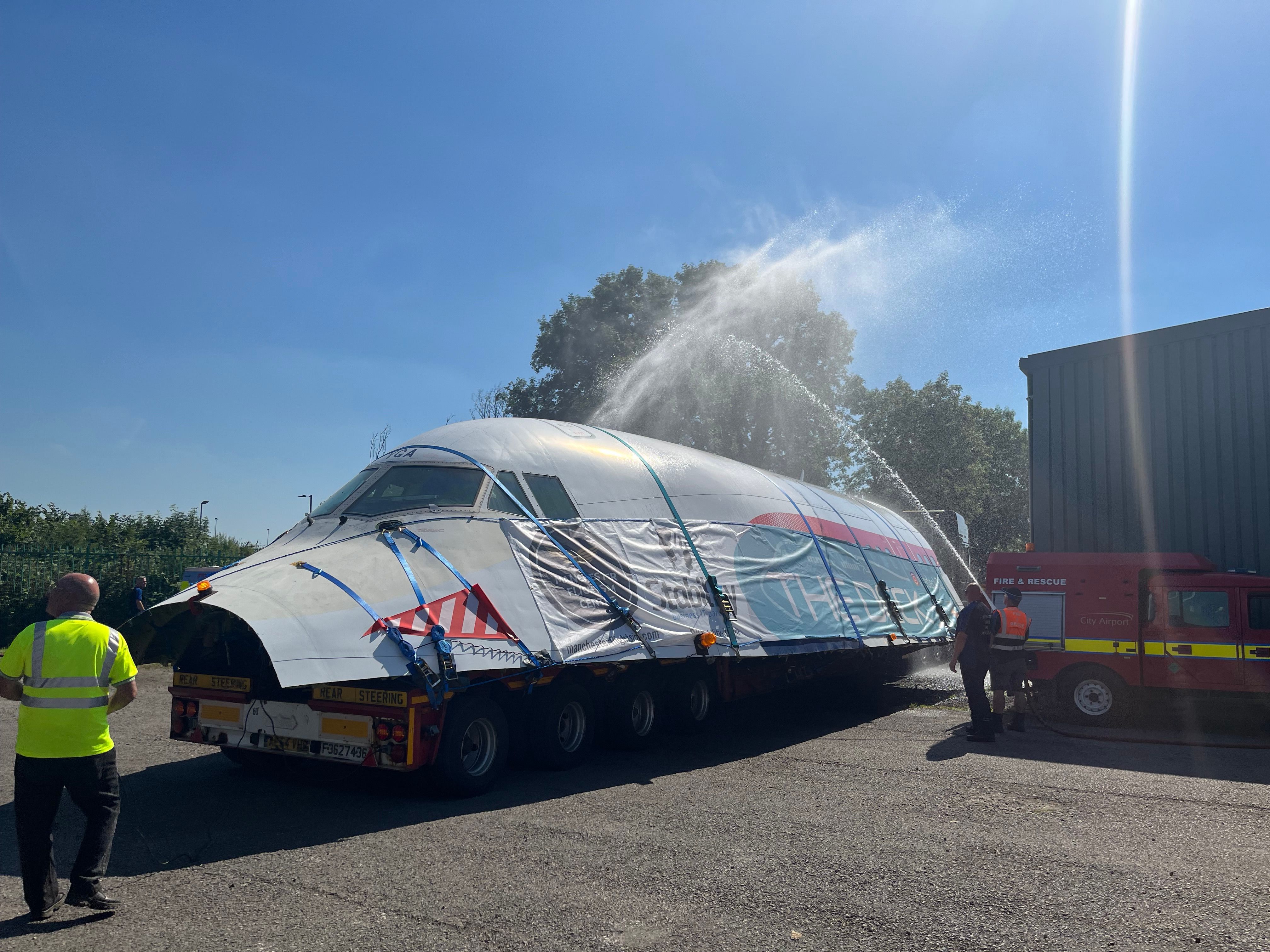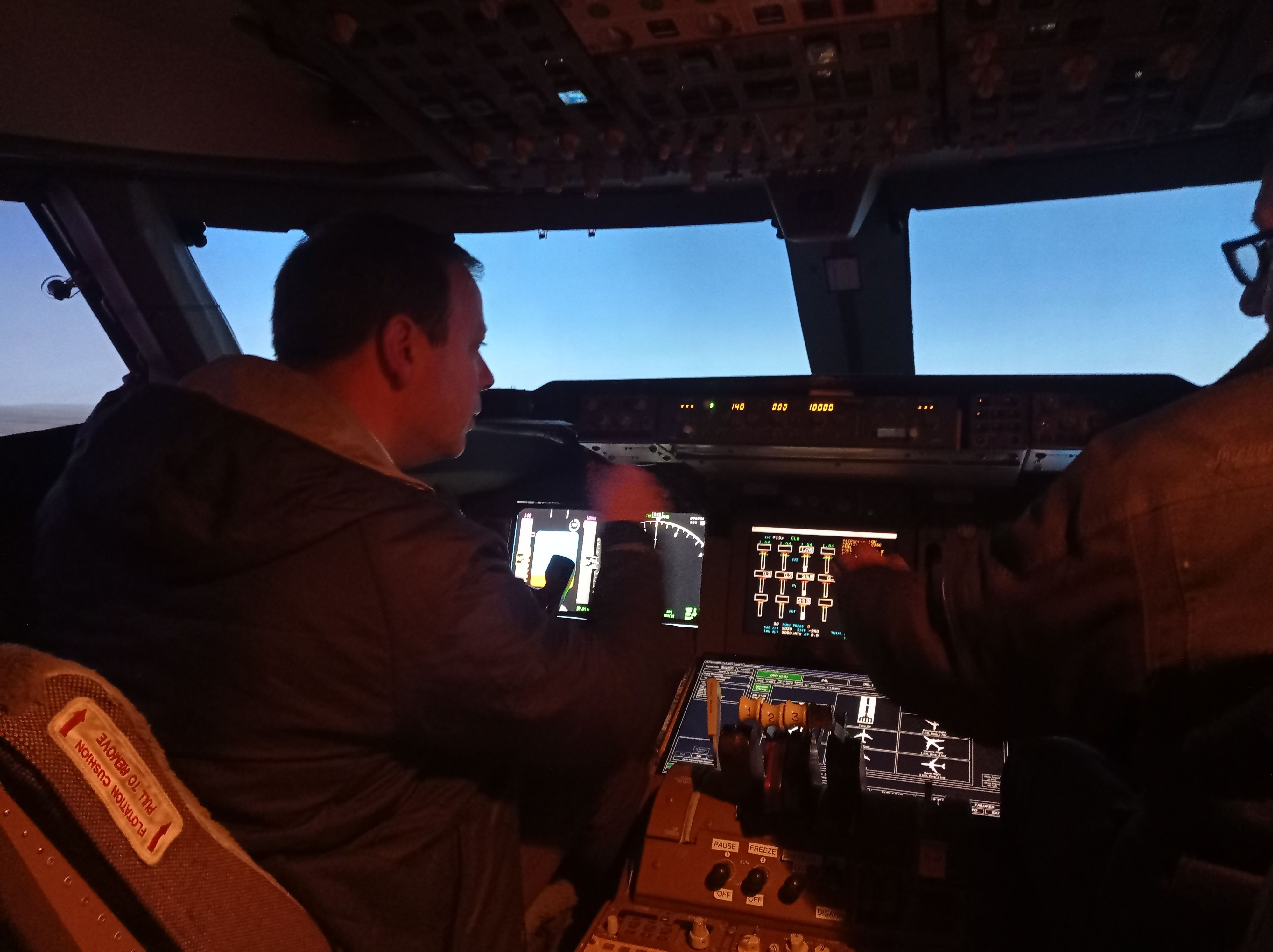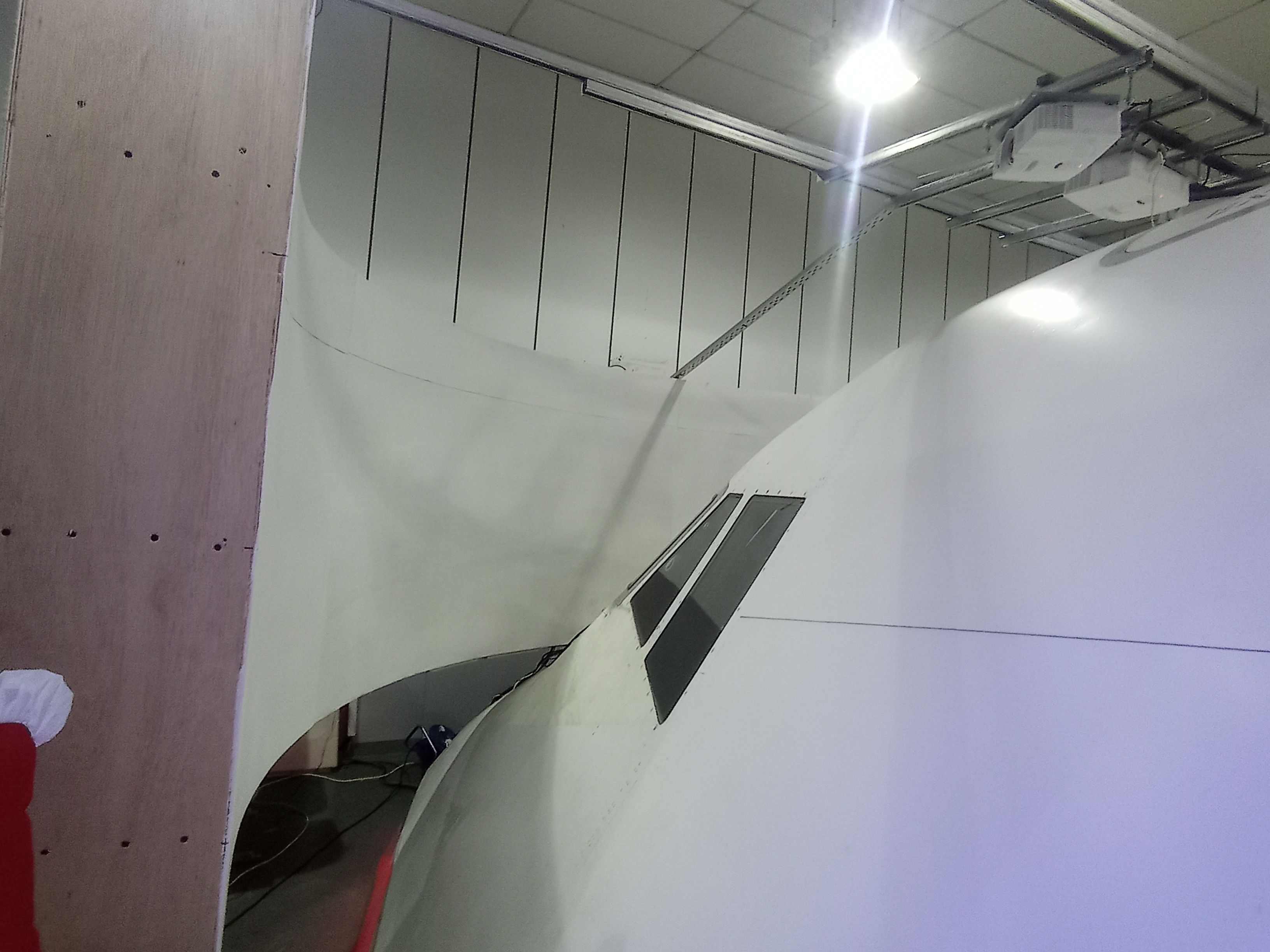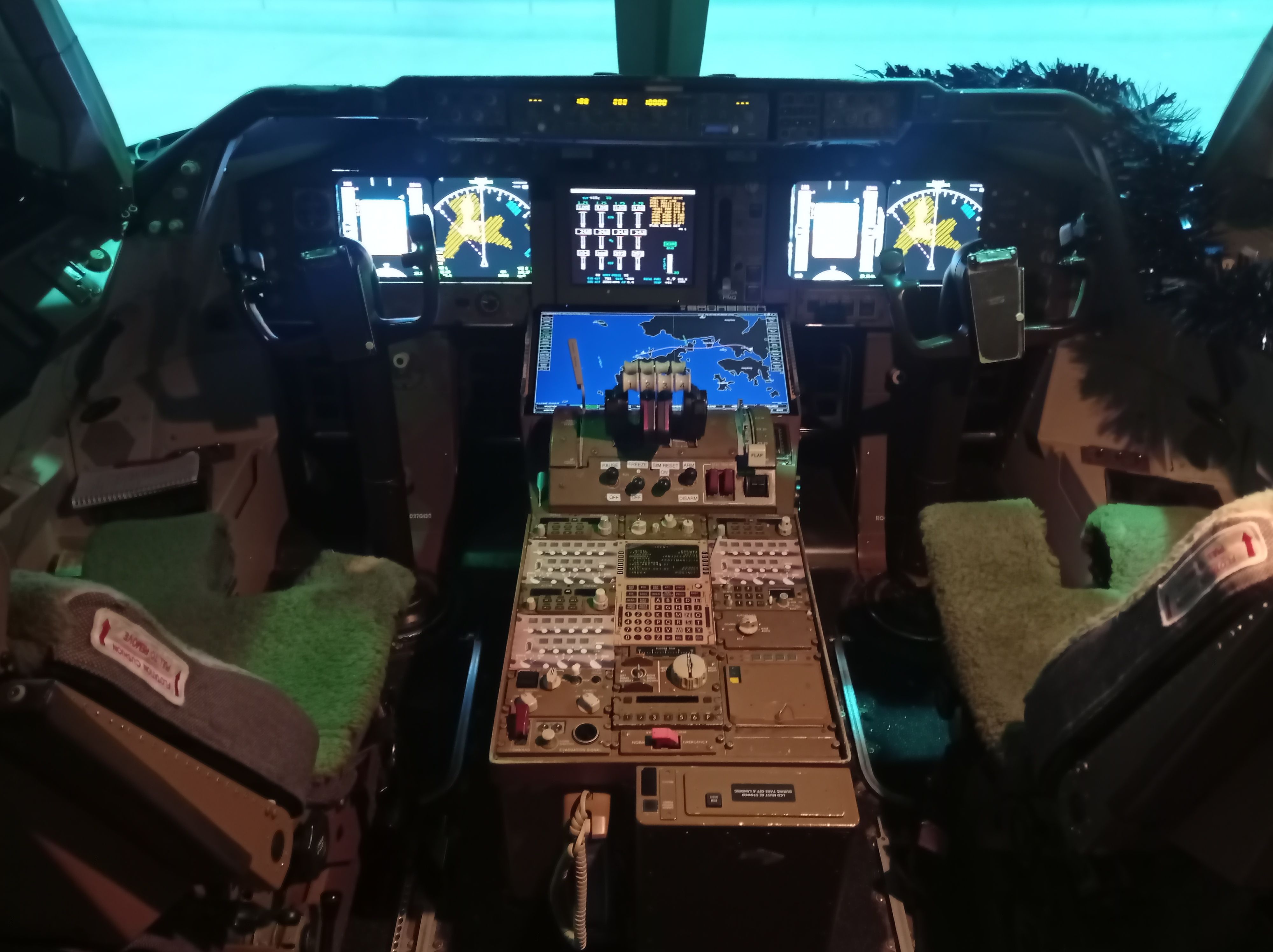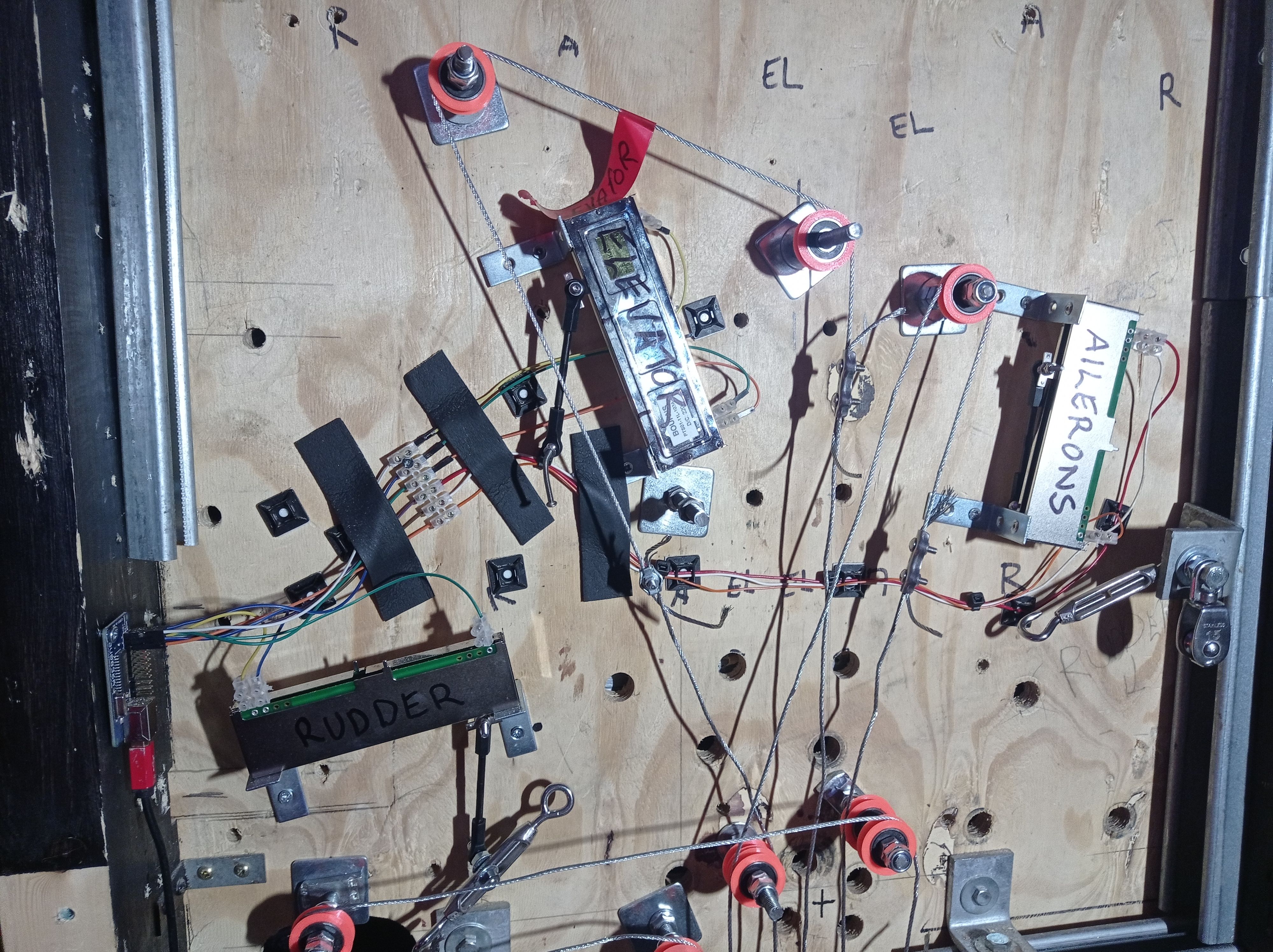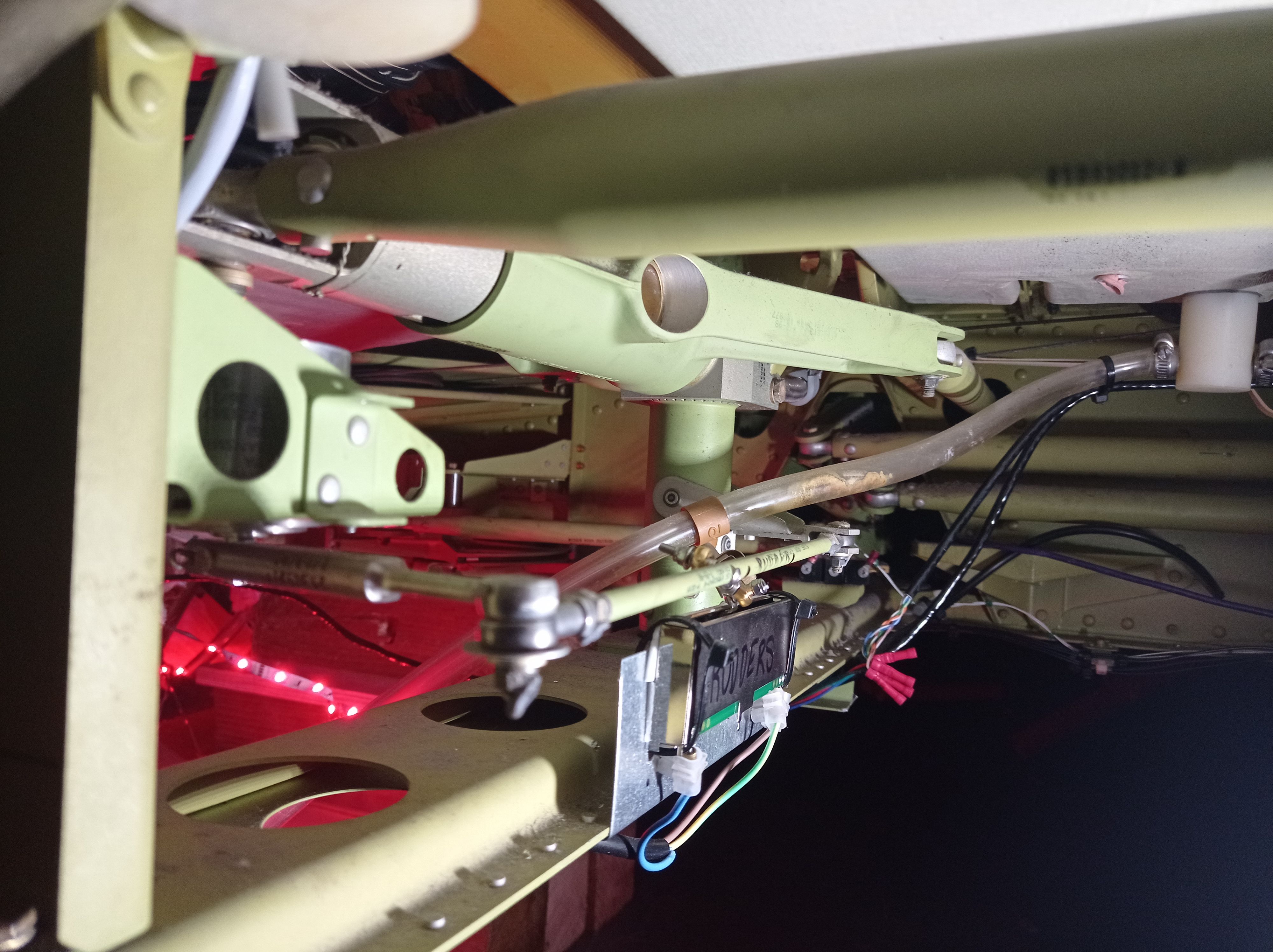With the number of 747s in the sky continuing to decrease, it is always good to hear of more being preserved. One of the last British Airways Boeing 747-400 aircraft was partly saved from scrap during 2022. The upper deck and cockpit sections have been preserved and are now in use in Manchester as an events space and working flight simulator. Simple Flying takes a look at how this was achieved.
The Deck 747 in Manchester
The Deck 747 is now established in Manchester’s Barton Airport (also known as Manchester City Airport). It is the creation of Mr Drew Hanna, through a flight simulator partnership with Manchester Flight Sim Centre. Drew started with a passion for aviation and aircraft memorabilia, and things have grown since then.
Simple Flying spoke with Drew back in 2021 about his purchase of a 3.5-meter wide Virgin Atlantic Boeing 747 section showing the iconic Varga Girl. This was from Virgin Atlantic's G-VAST - the aircraft known affectionately as ‘Ladybird.’
Drew explained at the time:
“A lot of friends and people I know in aviation have lost their jobs due to the downturn. It’s nice to have something to share with them to remember happier times. Some will have worked on the aircraft for the past 25 years, so it’s nice that a piece of it has been saved.”
Collecting turned from a hobby into a business when he opened his company, Doors2manual, that same year. This is still operating and supplies aircraft parts and other aviation-related items to enthusiasts.
Acquiring a Boeing 747
The next step up from aircraft parts and accessories was an actual aircraft – and for a UK enthusiast, what could be better than an ex-British Airways Boeing 747?
British Airways announced the rapid retirement of all its Boeing 747-400 aircraft in July 2020 (it operated up to 31 747-400s before this). Things moved quickly, with aircraft heading to storage and scrapping in a number of locations.
Drew explained to us how sourcing an aircraft was far from simple. He ended up having success with one of the last two 747s being scrapped at Kemble in the UK, securing the cockpit and front portion of the upper deck of ex-British Airways aircraft G-BYGA. This 747-400 entered service with British Airways in December 1998, remaining in use until March 2020.
The upper deck portion was cut away from the aircraft at Kemble, still remarkably intact both externally and internally. The rest of G-BYGA has since been scrapped.
After securing hangar space at Barton Airport, the aircraft section was transported around 150 miles (241 kilometers) north along the M5 and M6. With main road access at Barton, this was a simpler move than others we have seen – such as the transport of a Boeing 727 fuselage from Kemble to Bristol in 2021.
Restoring the aircraft
Once in place in its hangar at Barton Airport, the work of restoring the aircraft and opening it up to the public began. As is normal in salvage, you only get whatever remains of the aircraft. The Deck was fortunate here, with the cabin being very much intact with seats, overhead bins, and even the toilet unchanged. The British Airways classic Club World seats, arranged 2-2 across the cabin in an alternating forwards/backward arrangement, remain as they were in service.
As they have taken the front half of the upper deck, there is no galley space. The cabin has been cut by the exit door, and the door is retained as an extra static exhibit (which visitors can try opening!).
It has not all been straightforward, though. The cutting of aircraft is somewhat brutal and would have severed cables and connections across the cabin. This is clearly an issue when restoring the cockpit to operation, and something the team has done well on, with the major controls all restored. Drew also explained the less obvious implications, such as the need to source some cabin panels again and replace parts of the cabin lighting system.
Many uses planned
The aircraft with its business class cabin is now open and available as an events space. Several events and educational visits have already taken place in 2022, and more are planned going forward. There are plans to increase use as a conference space and wedding venue in 2023, for example.
Drew explained to us the importance of involving the local community in education and other visits. He said:
“Local to Eccles, Manchester, we were really keen on creating an experience that invested in our airport here at Barton and the local community. We have been privileged already to host many special needs, educational and training groups and are proud that people are traveling from all over to see, experience, and fly her."
Flying a Boeing 747 from a real cockpit
Of course, one of the most exciting developments with the aircraft is the conversion of the original flight deck into a working flight simulator. This is the first time this has been done on a publicly accessible 747. By December 2022, the cockpit was working as a flight simulator and opened to the public.
Simple Flying paid a visit soon after opening to try it out, and we were impressed with the results. It is not intended to be a fully featured training simulator, but as an authentic flying experience in a real cockpit using the actual controls, it is incredible. There is full control of all main flight controls – ailerons, rudders, throttles, and elevators, and the autopilot controls work.
The team has custom-built a screen and projection system around the cockpit windows. And as you would expect with modern flight simulator software, the aircraft can be positioned anywhere and in any conditions.
Making her fly again
Most of the cockpit, including all the main controls, were left in place, but The Deck has had to source and replace some of the controls. This work continues, with plans to soon replace more of the original control panels, and to switch the autopilot to an authentic 747-400 system (it was initially set up with an alternative 737 autopilot).
Wiring the main controls up to computer simulator inputs is certainly challenging, but something The Deck has handled with ease. The partnership and experience of Manchester Flight Sim Centre has been essential here.
The mechanical controls of ailerons, rudder, elevators and throttle levers have each been connected to a potentiometer. This creates a variable output voltage depending on a linear sliding contact. This is then fed into the flight simulator system as joystick inputs.
The two pictures below show the full potentiometer setup for the controls on a similar flight simulator (for a light aircraft) and part of the actual system underneath the cockpit of the 747.
Work is ongoing to further expand the control possibilities. Toe brake control will soon be added, as will potentiometer controls for the four separate engines. Any such upgrades will make it an even more complete experience.
The Boeing 747 remains a much-loved aircraft for many people. Any further opportunities to preserve aircraft and make them accessible is well received. Have you visited The Deck’s 747, or do you have plans to? Feel free to share your thoughts and experiences in the comment section.



